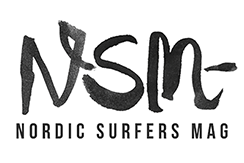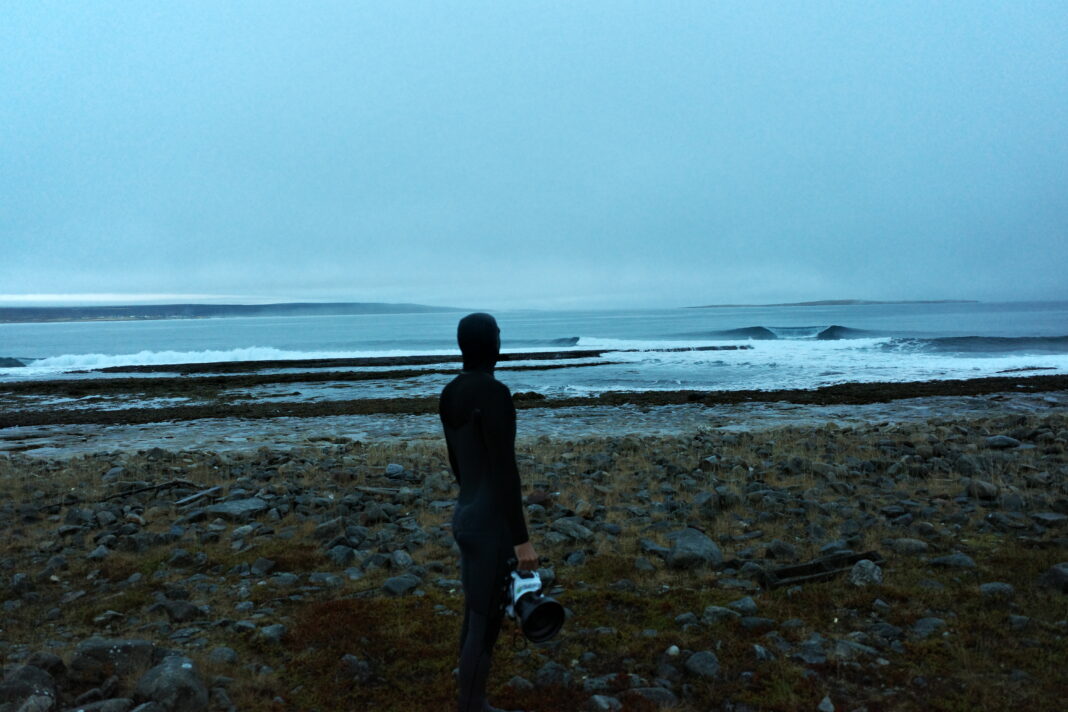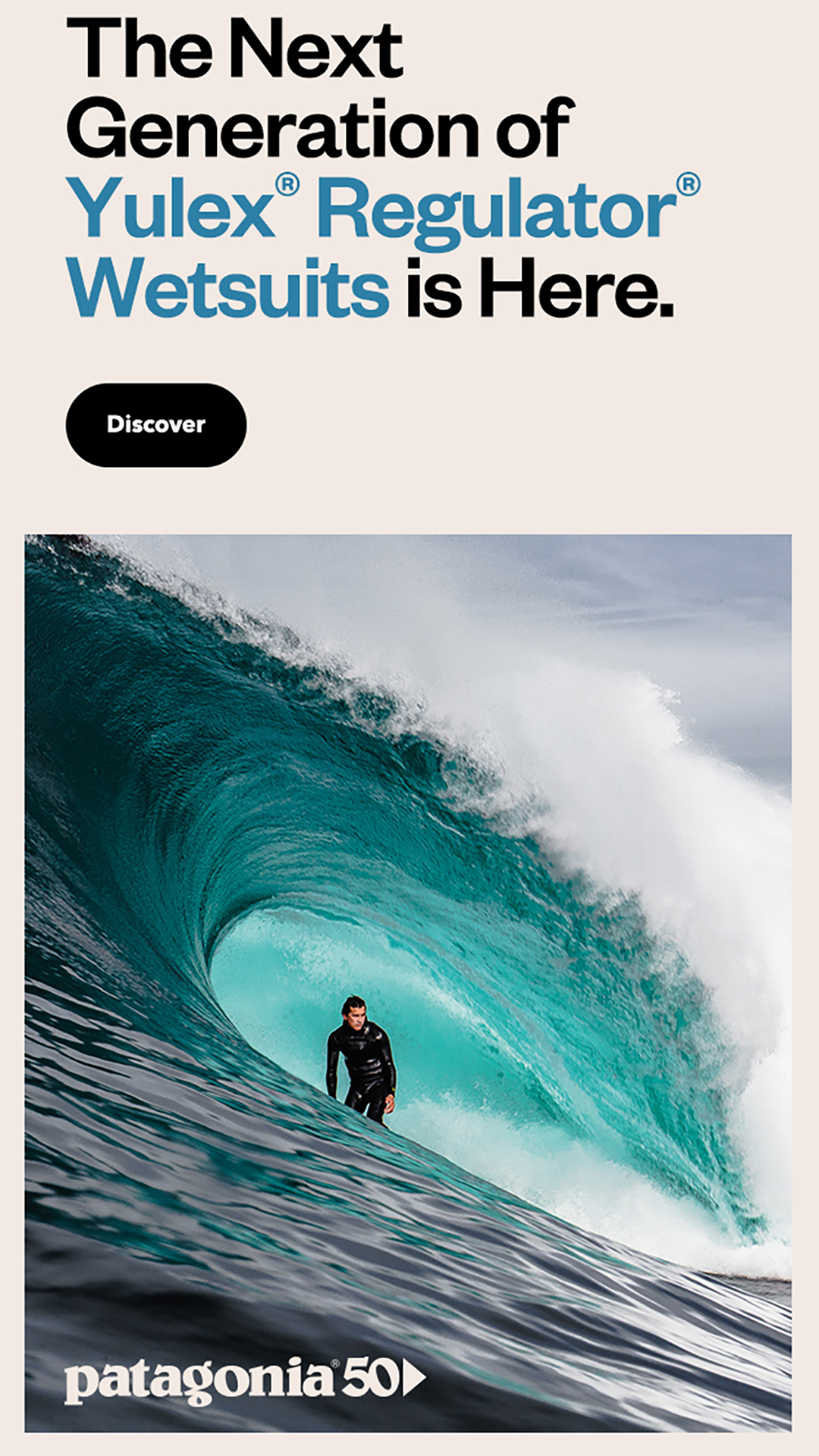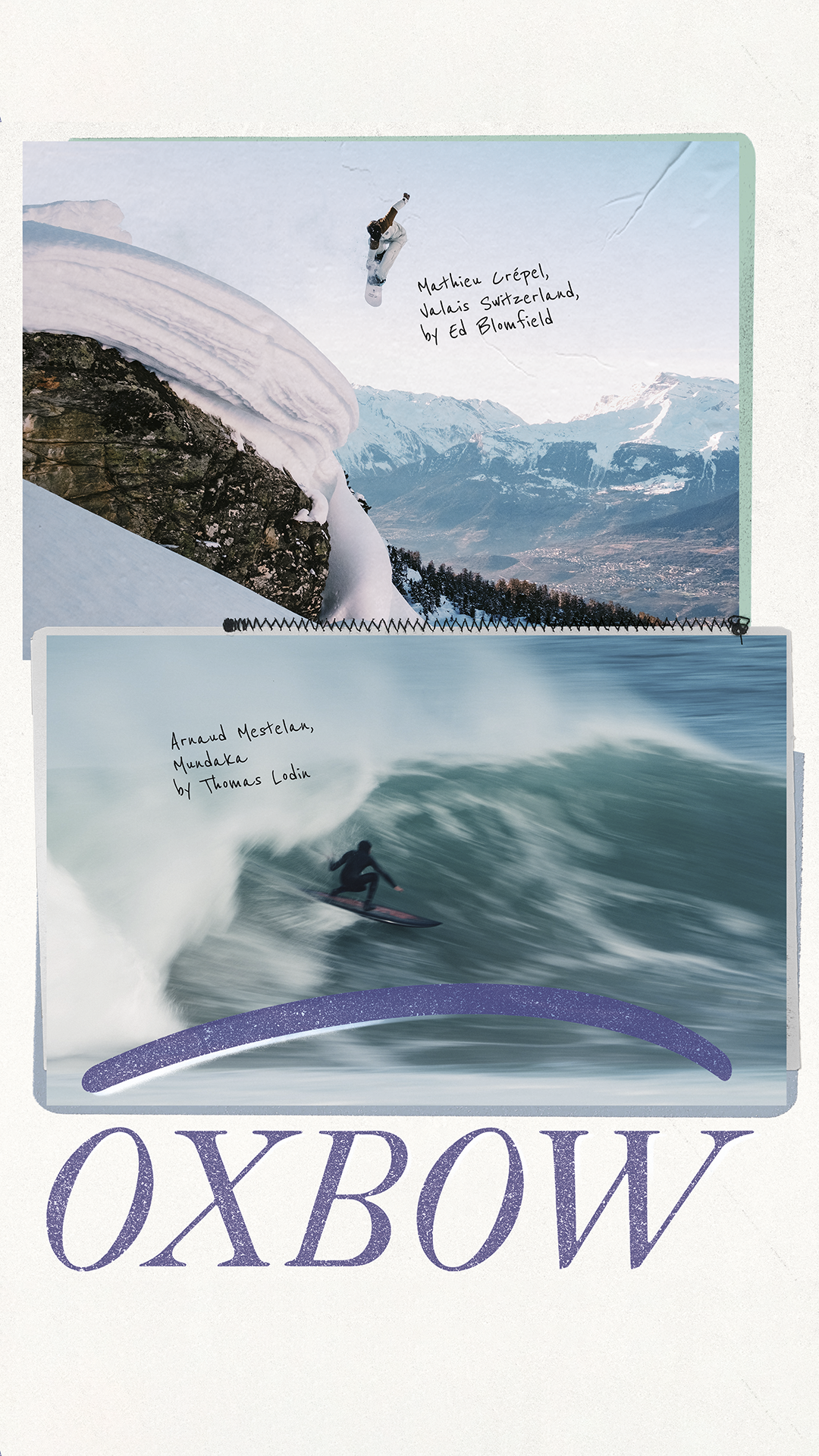Varanger is significantly further north than Iceland. Its northernmost part is located at approximately 70-71 N°. It’s the final edge of the European continent. A remote, almost forgotten fjord where tundra and taiga collide without warning, and the Barents Sea breathes with an ancient rhythm nobody controls. There are no “normal days” here. No routines. The sun disappears for months, roads vanish under ice, and the wind can erase any plan in minutes.
This is where Finnmark Surf was born—out of necessity, not ambition. Not to create a classic surf school—because Varanger has no comfortable beaches, no predictable conditions, no easy paths—but to show local youth that even in this harsh climate, there’s a way to glide, to feel, to belong. Arctic surf as outdoor culture; as a way to reconnect with the elements; as a reminder that the world still holds mysteries.
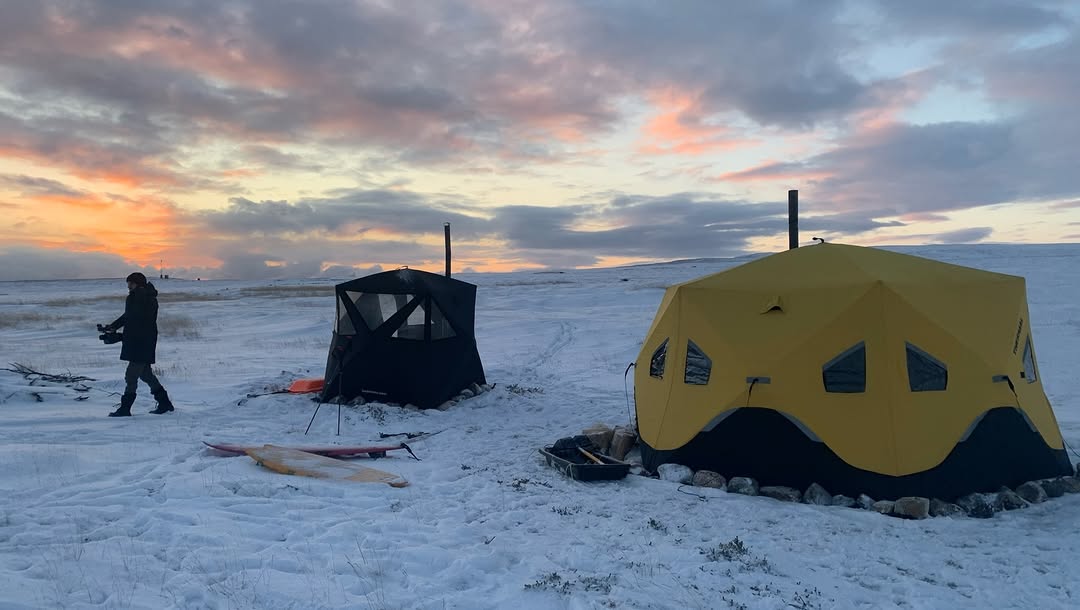
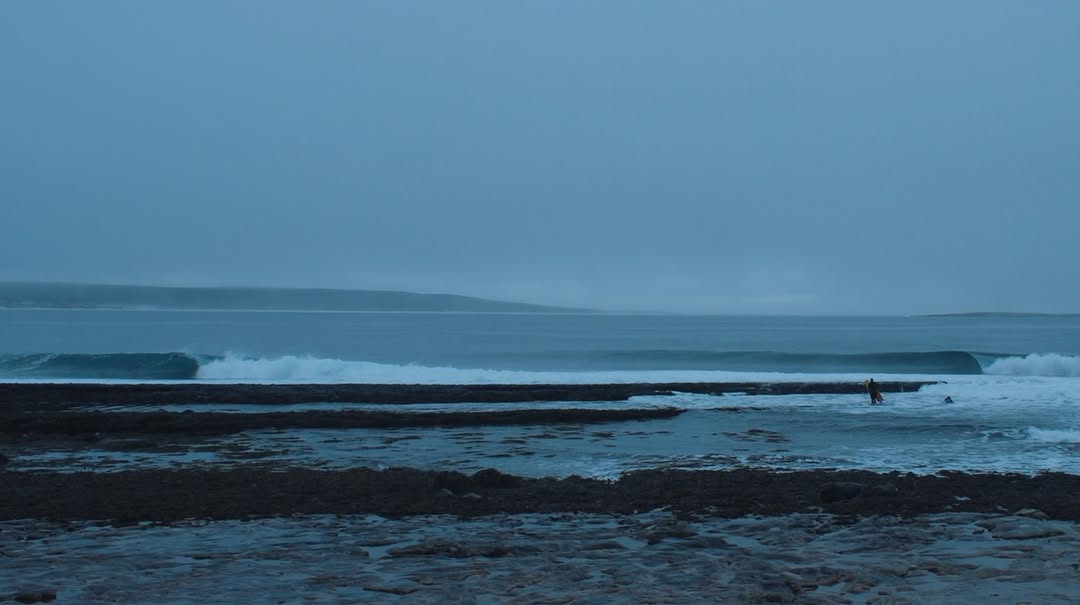
Finnmark Surf’s first documentary
The project became real when Tenerife filmmaker Diego Borges decided to travel north and shoot the first documentary piece about Finnmark Surf.
Carlos (Co-founder of Finnmark Surf): We come from the same island. For him, the cold, the auroras and the tundra were an unfinished dream. For me, it was a chance to show him the place I’ve come to call home.
The plan was simple: explore, film, and let Varanger do the rest.
But nothing here stays “simple.” At –7 °C, with frozen fingers and just a couple of hours of daylight, Diego kept filming with a ridiculous smile on his face.
We witnessed the transition between two of the eight Sámi seasons. In two weeks we went from six hours of daylight to nearly one, and from 6 °C with no snow to –12 °C with the entire region covered in white.
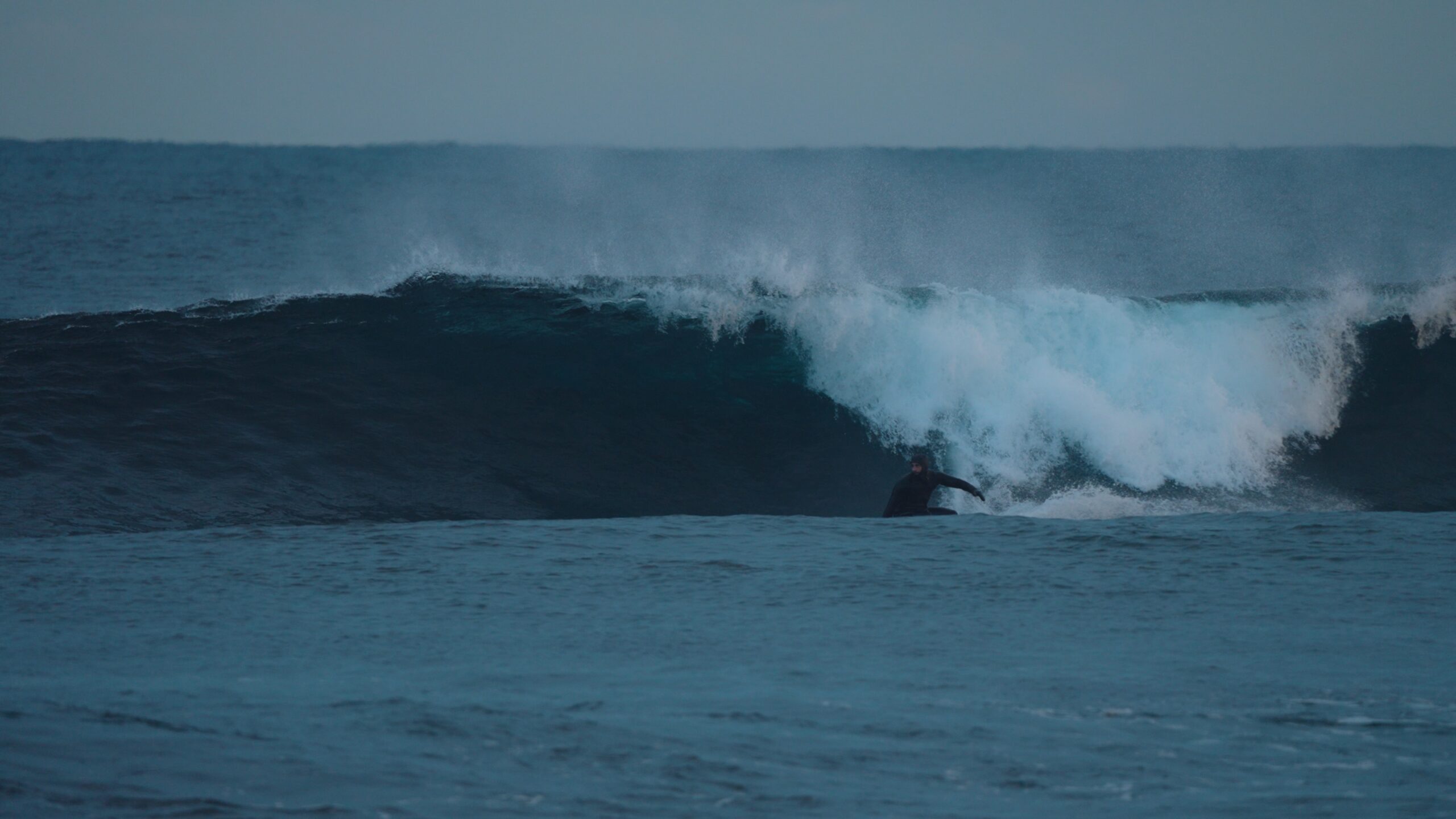
Diego: This has been one of the craziest and most beautiful trips of my life. I never imagined you could surf at –7 °C and feel warm. Filming here is tough… but you can’t stop smiling.
Just days before we started, Joackim Guichard joined the expedition—a Portuguese surfer with a classic style, Norwegian roots, and the kind of calm that fits perfectly with the north.
He grew up hearing stories about Norway, but he had never explored this land for real. This trip became a reconnection—a return to a place he felt was his, even without knowing it.
His lines, the way he reads waves in silence, and the ease with which he moves through extreme cold made him a natural part of the mission.
“We’ve surfed places I didn’t even know existed. That wave called Batni… incredible quality. This trip has been like a retreat for me, a way to reconnect with my roots” says Joackim.
Carlos: During all those days of exploration, I could only reveal a fraction of the coast. Varanger isn’t a place you rush through. Between storms, closed roads, swells that shift direction and winds that think for you, there’s always a huge margin of the unknown.
Maybe that’s why this expedition ended up becoming just Part I of something bigger. Diego is already thinking about Part II without finishing the first. And Joackim made it clear he’s coming back.
Varanger does that to you: just when you think you understand it, it reveals another face. And each face deserves its own story—and its own expedition.
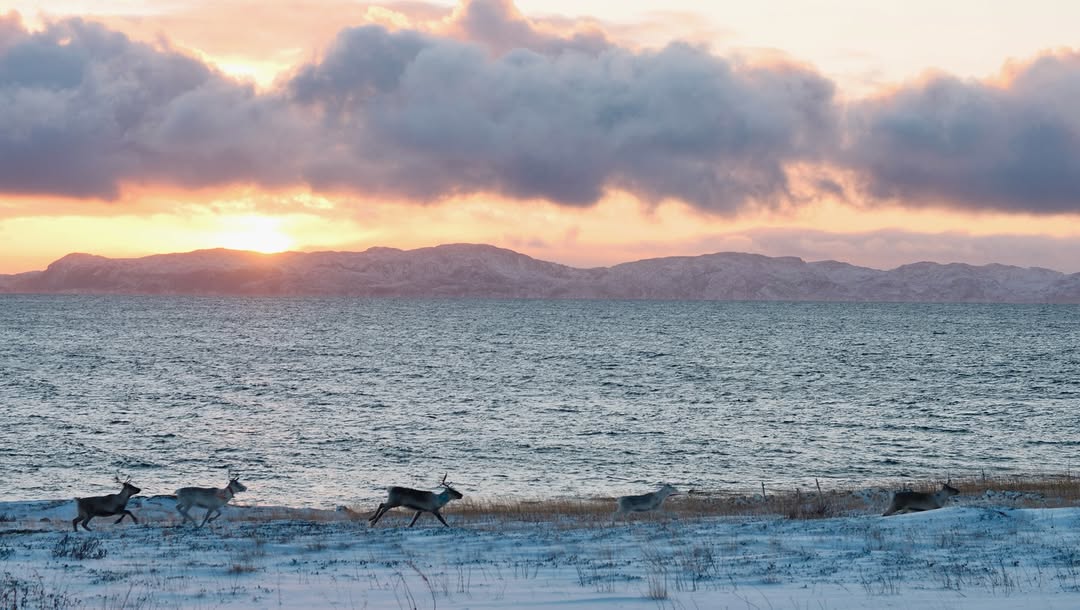
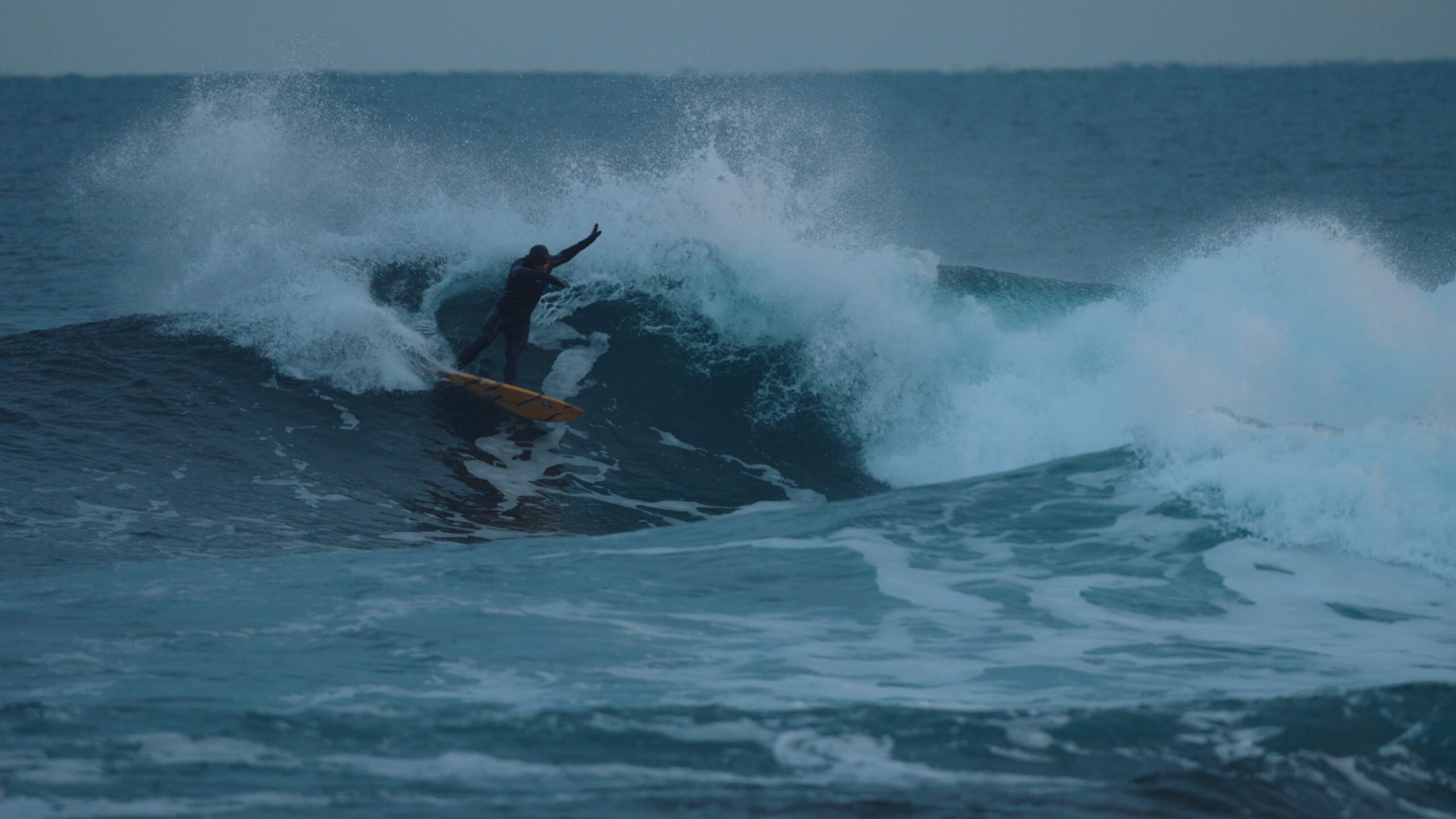
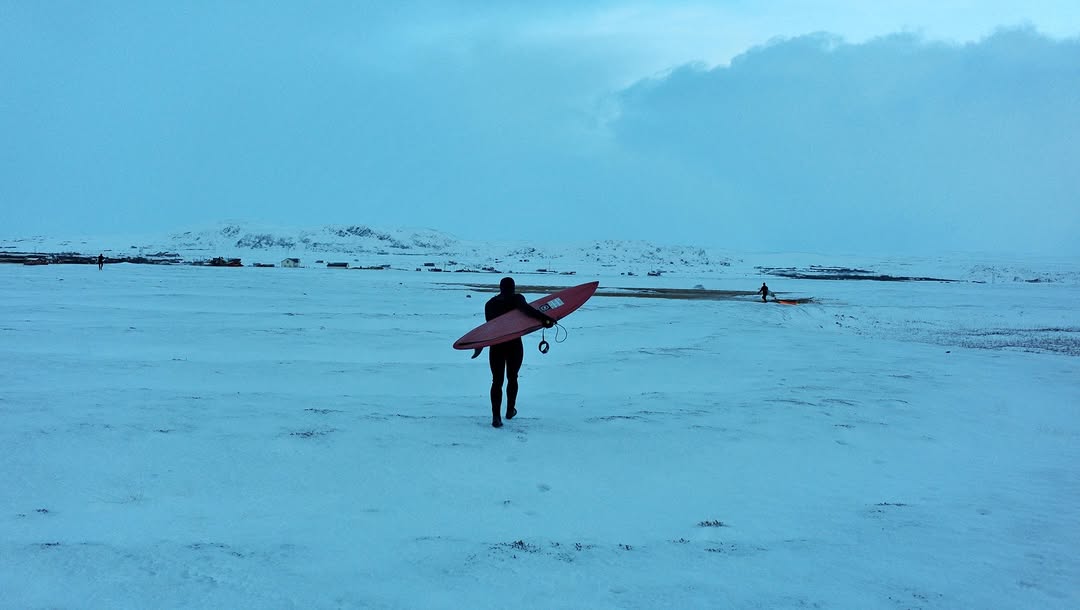

We’re really looking forward to watch this documentary. Meanwhile be sure to follow us, Diego, Joakim and Finnmark surf on insta for more updates.
